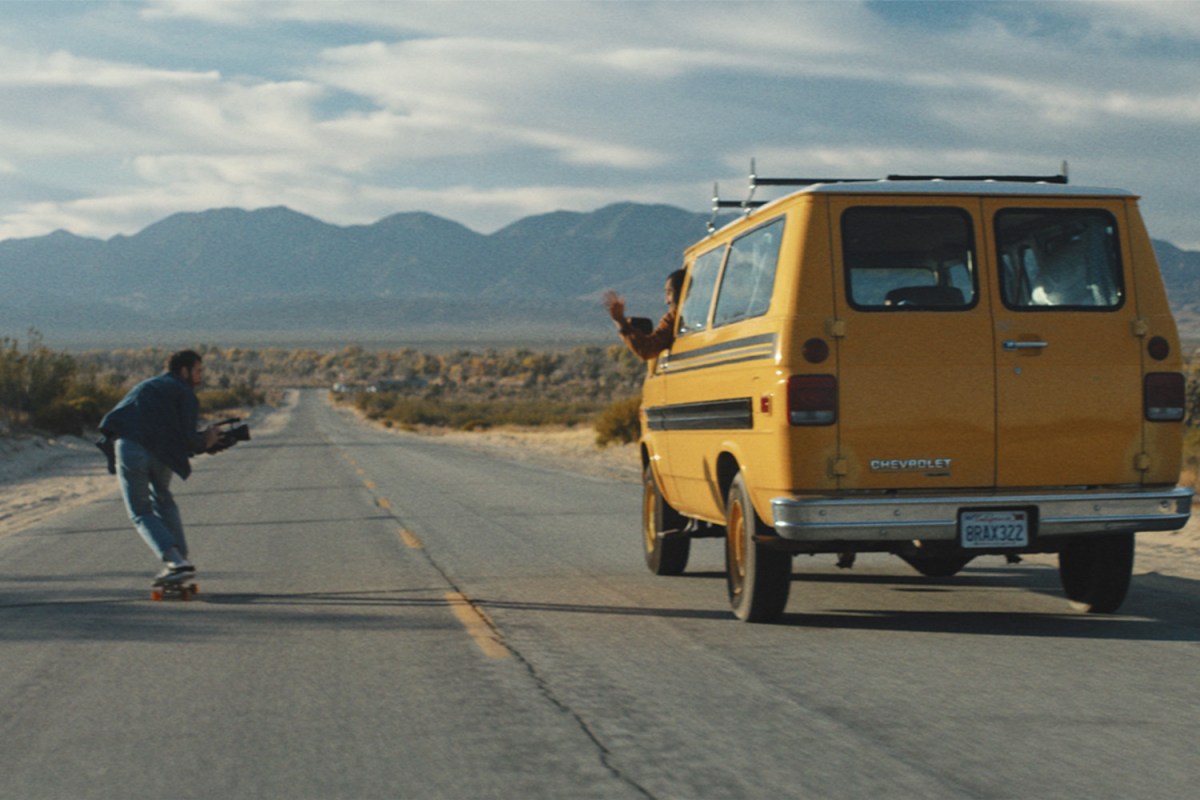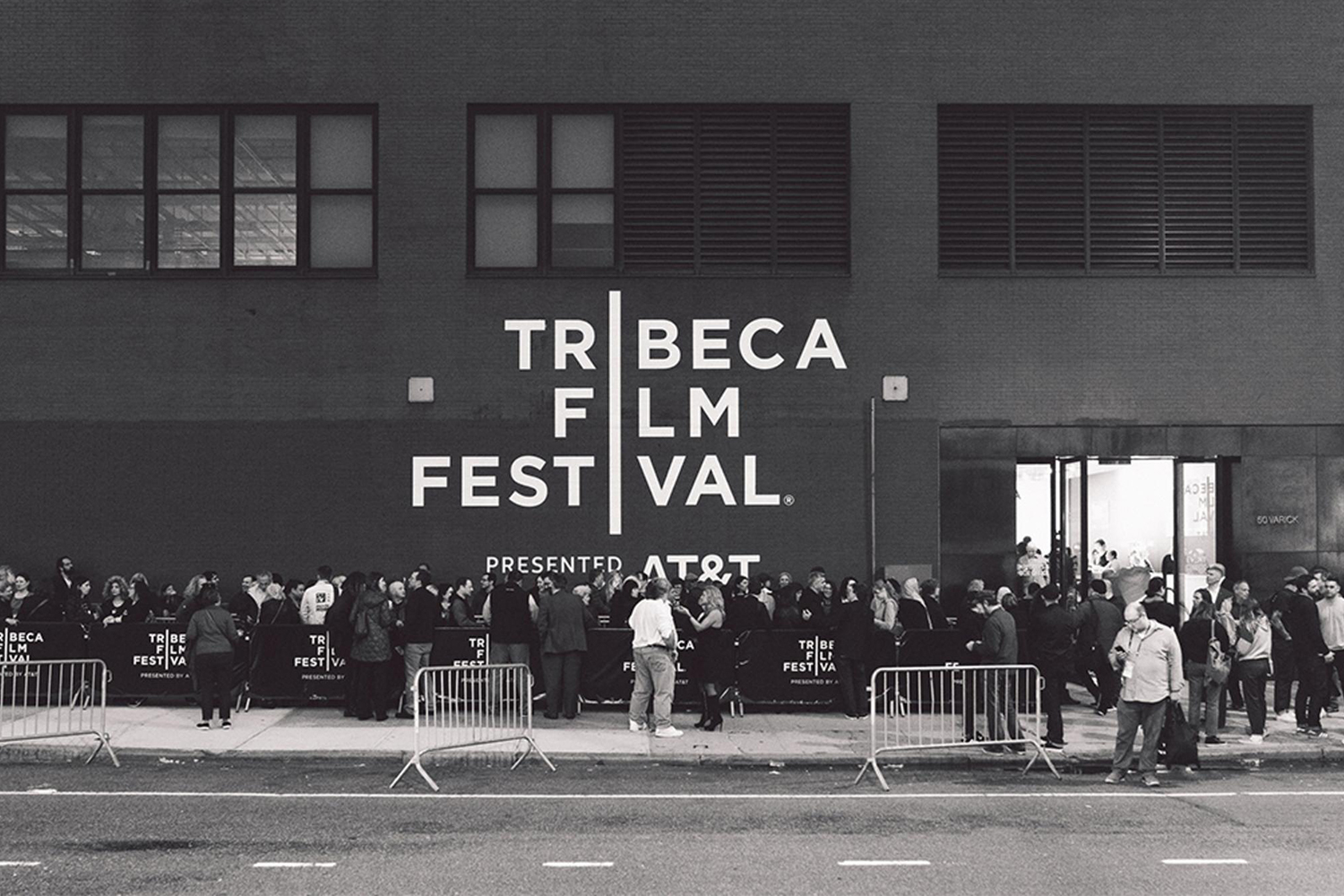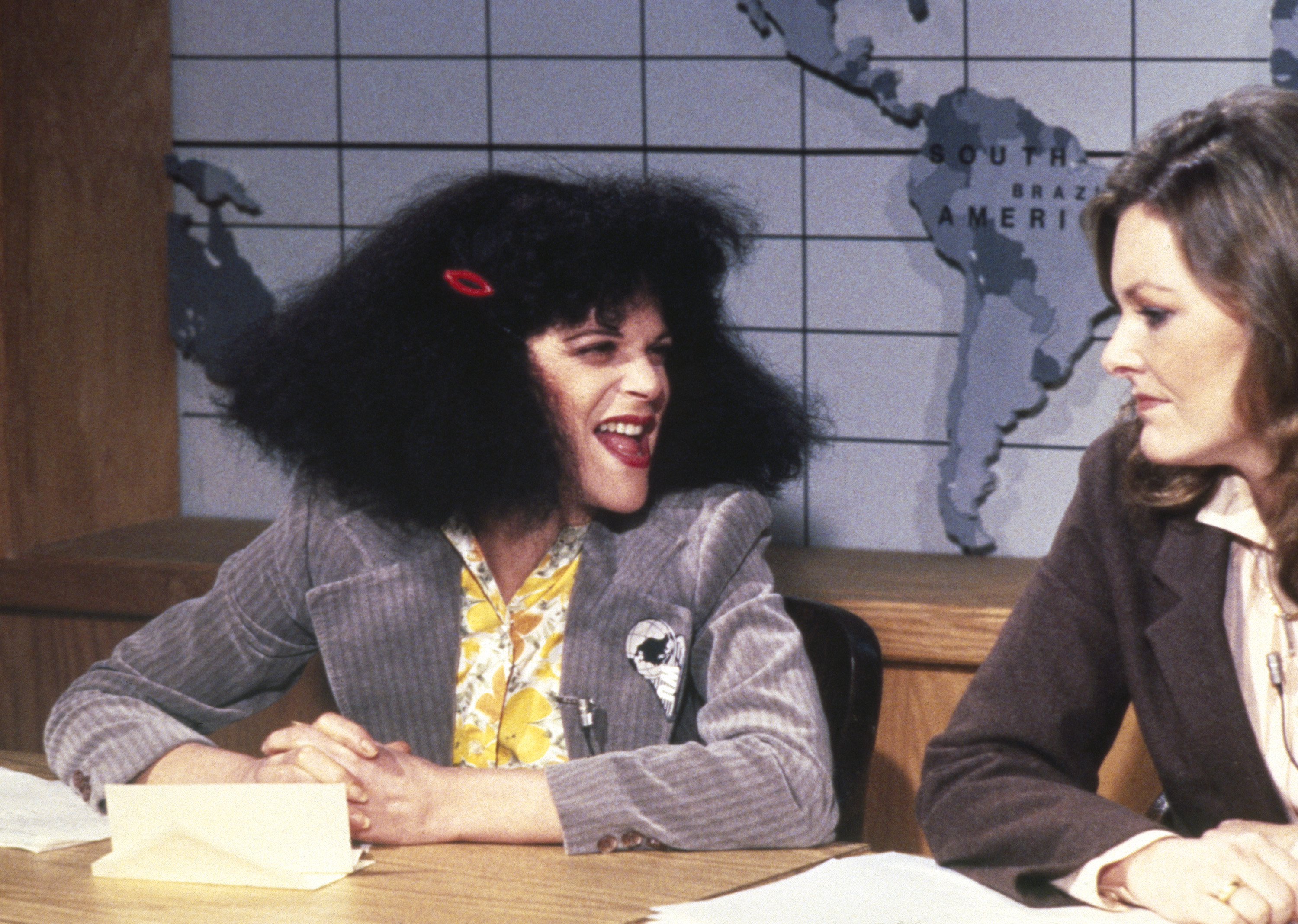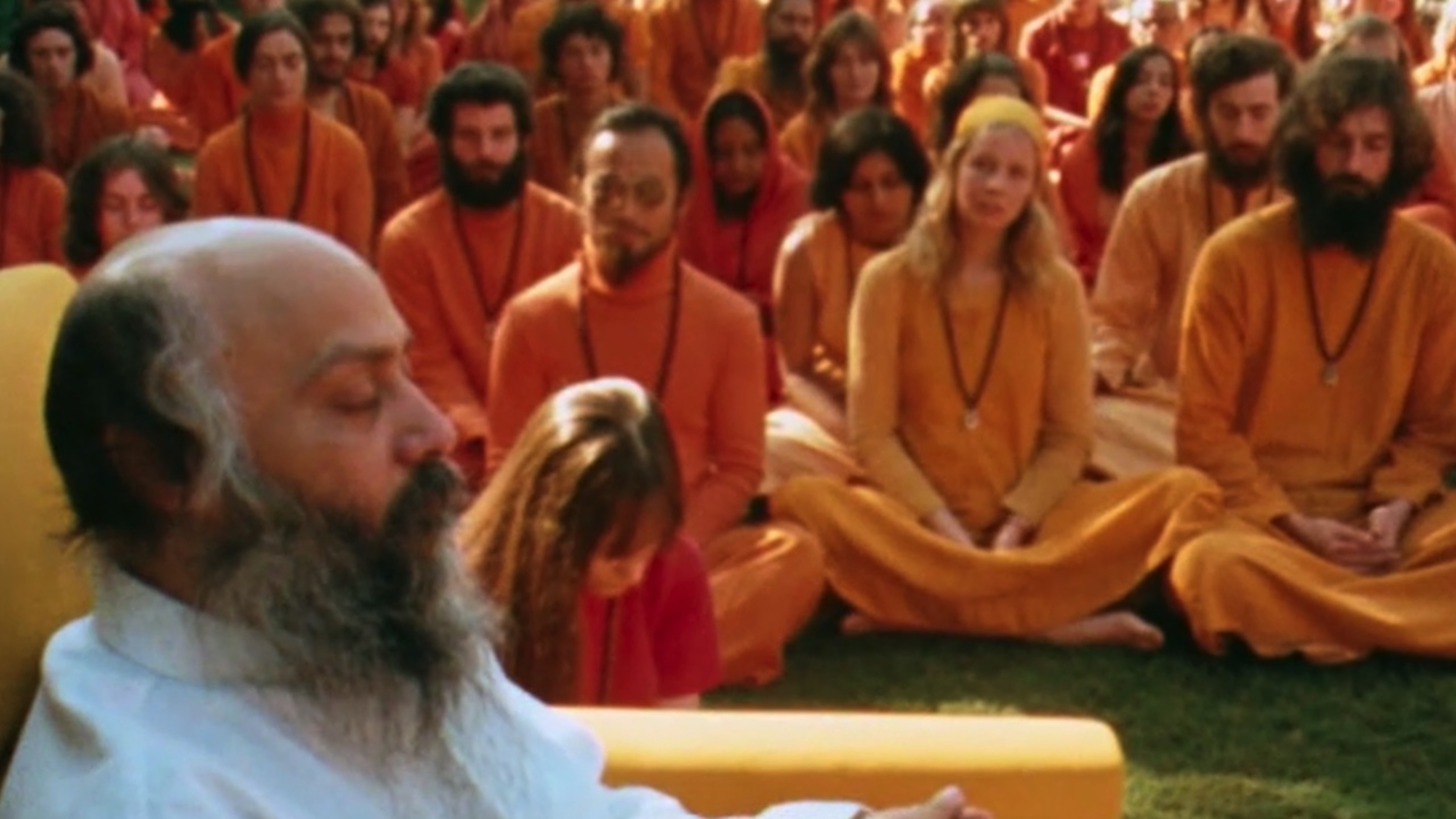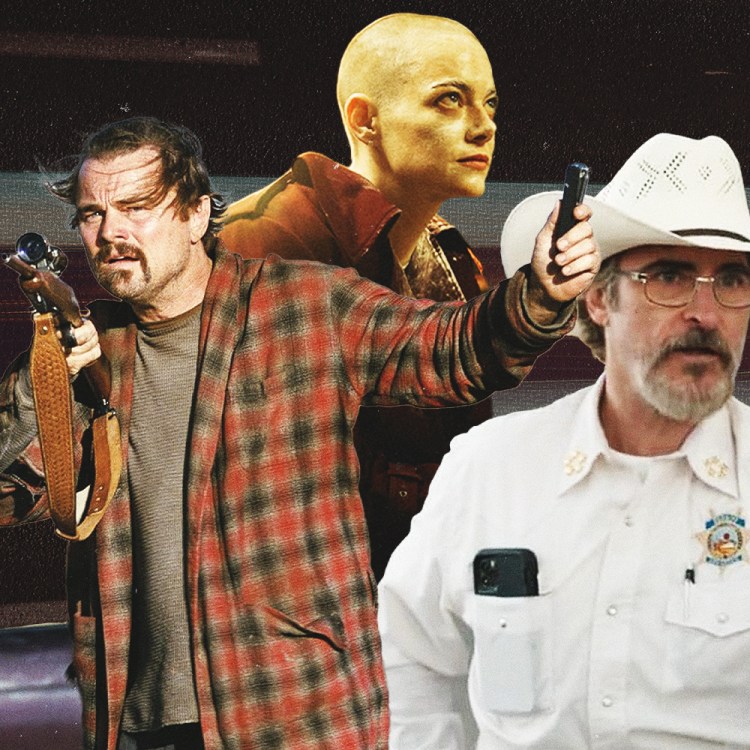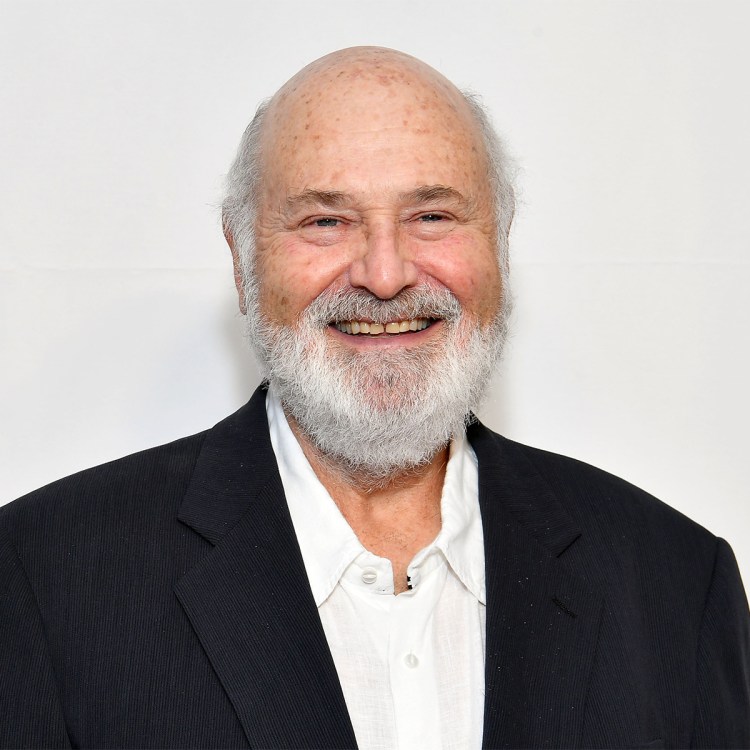In Wes Schlagenhauf Is Dying, a slim, 75-minute meta-movie about a trio of aspiring filmmakers, there’s a repeated gag where two characters rapidly allow themselves to daydream over where their independent movie might take them. They rattle off the usual suspects (Sundance, Toronto or the impossible holy grail of Cannes) and it’s part of the joke that they also tuck in several less auspicious events — including Tribeca, the festival where Wes actually played this week. The moment feels too tossed-off to have been added specifically for the movie’s festival berth, which makes it even more appropriate. The Tribeca Film Festival, which finishes up this weekend in Manhattan, has never really gained the cultural foothold of Sundance or Toronto, to the point of currently undergoing a branding as the “Tribeca Festival” — sort of a more monied, East Coast version of South by Southwest, minus the indie rock.
Yet despite an increased focus on celebrity interviews and “master classes” that can make Tribeca feel both more corporate and less interested in actually showing new movies, the festival has been ahead of the curve in terms of highlighting indie movies from filmmakers of diverse backgrounds, rather than splashy Hollywood premieres setting up fall awards campaigns. That’s as clear as ever in this year’s crop of movies competing in its U.S. Narrative section. They’re an eclectic group, and many of them don’t quite work — which is why Tribeca perpetually feels less staid than some of its higher-profile siblings. Here, I’ll play one-man jury and sort through which ones are worth watching out for.
The starriest offering of the 10 contenders is probably Sarah Adina Smith’s The Drop, a satirical comedy of manners featuring plenty of comic ringers, including Jermaine Fowler, Anna Konkle, Jillian Bell, Utkarsh Ambudkar and Aparna Nancherla, playing longtime friends attending a destination wedding. Lex (Konkle, from PEN15) opens a rift of awkwardness when, early in the trip, she drops her friend’s baby. While the kid seems fine, no one, not even Lex’s husband Mani (Fowler), can really get the incident out of their heads. Smith has a better eye than most directors who work on big studio comedies, and her movie shows a willingness to poke at social proprieties that results in some big laughs. Not enough, however; it’s full of the dead air that tends to collect around half-baked improvisations, and Smith lets her actors get away with playing drunk far too often. Still, it makes sense in the competition; Tribeca takes comedy more seriously than most other festivals, and The Drop plays to that part of the festival’s identity.
Tribeca also has a natural affinity for New York movies, and not in the curated way found by the more selective New York Film Festival. There’s room for a lot of different New Yorkiness in any given Tribeca lineup, like the beguiling atmosphere last year’s excellent and underseen Italian Studies (now streaming on Hulu). This year’s competition has two New York-based titles: Allswell and God’s Time. Allswell, a well-meaning family drama of linked sibling stories, is a potentially old-fashioned melodrama without the style needed to transcend its own acting-exercise contrivances. God’s Time, though, is genuinely unpredictable, following recovering addicts Dev (Ben Groh) and Luca (Dion Costelloe) as they become convinced that their sort-of-friend Regina (Liz Caribel) might be planning to commit a murder, and attempt to stop her. It’s neither as harrowing nor as farcical as that might sound; director-writer Daniel Antebi offers a window into recovery that’s unexpectedly warm and playful, without selling short its myriad difficulties. It has the anecdotal, aside-heavy rhythms of a long and winding NYC errand.
God’s Time might strike some as a shameless mime of Safie Brothers misadventures (it’s one letter switch away from also being called Good Time, the Safie project it most closely resembles); anyone allergic to obvious inspirations is advised to steer clear of Four Samosas, a comedy whose cuteness-based approach to crime — not to mention characters outfitted in red tracksuits and formal lateral pans, and on and on — recalls Wes Anderson. Specifically, it’s like Bottle Rocket meets Napoleon Dynamite, and I’ve prepared a cringe for when that gets quoted and slapped on its poster.
But just as Napoleon Dynamite was somewhat unfairly tagged as a Wes knockoff (it actually had more in common with an alt-comix aesthetic), pithily accurate descriptions of this movie’s influences don’t really do its charms justice. Set in the Little India community of Artesia, California, the movie’s quasi-heist plot can barely sustain its 80 minutes, yet its cultural specificity and cast of unknowns make it a pleasant time spent inhabiting urban landscapes framed and colored like old photographs. It might sound like a backhanded compliment to say that the young ensemble has a certain, shall we say, unformed quality, yet it’s exactly their fresh-faced charm that keeps the movie from lifting Anderson’s deadpan aesthetic wholesale.
There’s a similar bum-around vibe to The Year Between, where writer-director-star Alex Heller plays Clemence, a young woman who returns to her hometown after her newly diagnosed bipolar disorder derails her college experience. Heller boldly plays Clemence (whose experiences are based on her own) as a difficult/inappropriate woman in the Bad Teacher mode, with a family clearly flummoxed by the sometimes thin line between her mental health issues and her anarchic petulance. Her constant bristling, and Heller’s willingness to edge into cartooniness, gives the movie its unconventional zip.
Sarah Elizabeth Mintz’s Good Girl Jane boasts a more traditionally empathetic lost-and-lonely young protagonist; at first the story of shy, insecure teenager Jane (Rain Spencer) experimenting with a rougher but more welcoming high school crowd comes across like a mid-aughts Freaks & Geeks crossed with the work of Andrea Arnold, especially her tough, wounded Fish Tank. Mintz’s camera work is frequently exceptional, choreographing long handheld takes that gives it a powerful immediacy. The buzz doesn’t last. As the movie becomes a standard spiraling-addiction melodrama, bringing in an inexplicably British toxic criminal boyfriend for extra grit, all of the following shots and elaborate hovering maneuvers start to feel like the style trying to free itself of the story’s tedious substance.
On the other end of the style-exercise spectrum is The Integrity of Joseph Chambers, which follows the title character on an ill-advised solo hunting trip, fixing its camera on his solitude for long stretches. I confess, the minimalist austerity was a bit much for me, and when my home viewing was interrupted, I couldn’t drag myself back to it later — this despite leaving off at what must be the most cliffhanger-friendly moment of the film. (I also missed Next Exit, a promising-sounding sorta-sci-fi drama.) Three Headed Beast attempts a more interesting experiment: a three-way character study of an open relationship, withholding all dialogue for the first 45 or so of its 83 minutes, and really only using full-fledged conversations for a single long sequence. (Otherwise, texts, podcast snippets and grunts both athletic and sexual are all allowed.) That stylistic tightrope, and unexpected mid-movie descent from it, is more interesting than the characters actually doing the walking, but it’s a lot better than last year’s Tribeca indie about an open relationship. Why is there always a movie about an open relationship?
Which leads me, in a roundabout way, back to Wes Schlagenhauf Is Dying. It’s not the best movie of this crop — that’s probably God’s Time, which I hope will get some kind of distribution despite a lack of associated big names. But Wes Schlagenhauf does play with the familiarity of American independent cinema as we know it, in ways that shouldn’t work at all. Truly, the premise sounds absolutely insufferable: During the pandemic, two aspiring filmmakers (Parke Seaman and Devin Das) hear their former-actor friend has contracted COVID and make a foolhardy plan to visit him — and a foolhardier plan to film themselves and make a documentary out of the experience, despite the fact that it shouldn’t cover more than a day’s drive. Is it any surprise that all three leads play versions of themselves? The whole thing is so rife with cheesy meta-indulgence that the movie’s laughs have double the surprise when they connect; despite their inside-baseball dithering (or in harmony with it), Seaman and Das know how to work a running gag and boost an absurdist one (like a surprise blink-182 cover). It may be slight, but Wes Schlagenhauf Is Dying builds something out of almost nothing. It will generate zero awards buzz and little, if any, box office. Tribeca may have grown bigger than its movie premieres; by its very unevenness, it may also be one of the purer indie-movie festivals around.
This article appeared in an InsideHook newsletter. Sign up for free to get more on travel, wellness, style, drinking, and culture.
